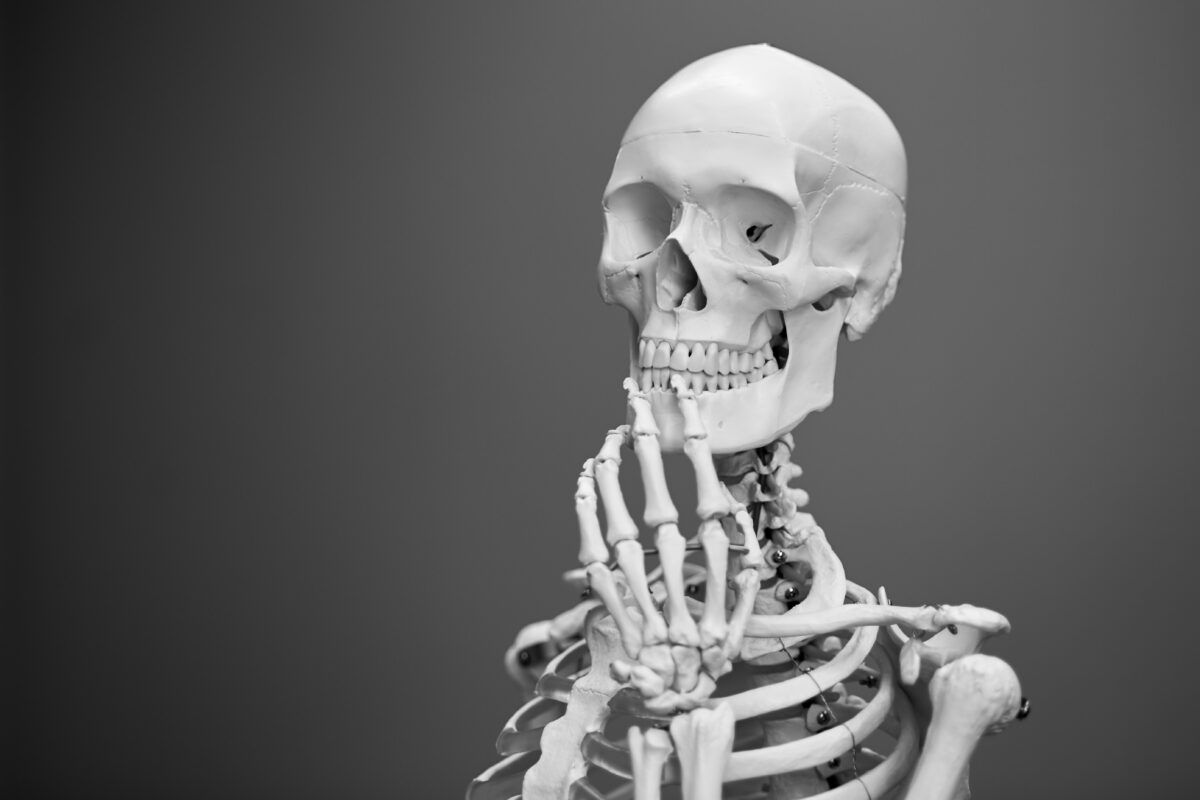
July 19, 2018
Keeping Your Bones Strong As You Grow Older
SHARE
55% of Americans over the age of 50 have osteoporosis or low bone mass. That’s more than 40 million people!
Osteoporosis is a condition that makes bones brittle, greatly increasing the risk of fractures. It is, therefore, no surprise that about 75% of hip, spine and forearm fractures occur in older adults, especially post-menopausal women.
While these statistics are scary, osteoporosis is not an inevitable part of aging. In fact, it’s both preventable and treatable.
Should You Get Tested for Osteoporosis?
Osteoporosis is one of the most underdiagnosed conditions. There are way too many people walking around with it who probably won’t realize they have it until they fracture a bone.
The best way to know if you have osteoporosis is to get a bone mineral density test, often referred to as a BMD test. It’s a quick painless test that uses x-rays to measure bone mass and the specific amount of minerals in certain areas of your bones.
You shouldn’t wait until symptoms appear before getting the BMD test. If you’re a post-menopausal woman or have other risk factors for osteoporosis, such as long term use of oral steroids, get tested. Even if your physician says you are in the normal range, remember to get retested every year or every other year.
How To Build Bone Mass
Start Early
Bone mass increases steadily until the age of 30. After that, bones start to break down faster than new ones are made, leading to bone loss.
If you take care of your body in your younger years, you are less likely to develop osteoporosis and lose bone mass as you age. In fact, researchers have found a connection between drinking, smoking and bad eating habits to osteoporosis later in life.
Get Enough Calcium and Vitamin D
The best way to build bone mass is to ensure that you get enough calcium and Vitamin D. The recommended daily intake for calcium is about four servings of a calcium-rich foods such as milk and vegetables (collard greens, kale, broccoli, oranges; for a more extensive list, visit the National Osteoporosis Foundation’s website at this link: https://www.nof.org/patients/treatment/calciumvitamin-d/a-guide-to-calcium-rich-foods/); you may also consider taking a calcium supplement. Combine this with 15-20 minutes of sunshine daily, and you won’t have to worry about losing bone mass as a result of calcium or Vitamin D deficiency.
Limit Caffeine and Sodium
High sodium intake leads to calcium loss via the urine, which can deplete the calcium stores in your body. Caffeine, on the other hand, is known to inhibit calcium absorption. Therefore, you should limit caffeine and sodium intake if you want strong and healthy bones.
Weight Bearing Exercise
A healthy diet will have little effect on your bone mass if you don’t combine it with exercise. The best type of exercise to guard against loss of bone mass is weight bearing exercise, which means any exercise that you can do on your feet that works your bones and muscles against gravity. This includes walking, jogging, dance-type aerobic classes, hiking and climbing stairs.
Start taking care of your bones today by eating calcium and vitamin D rich foods, limiting caffeine and sodium, and exercising more often, and you won’t have to worry about osteoporosis when you’re older.
